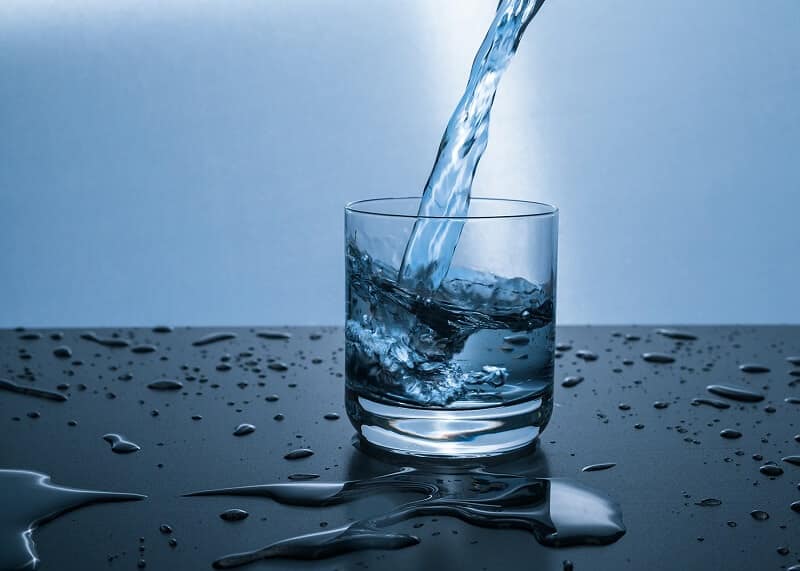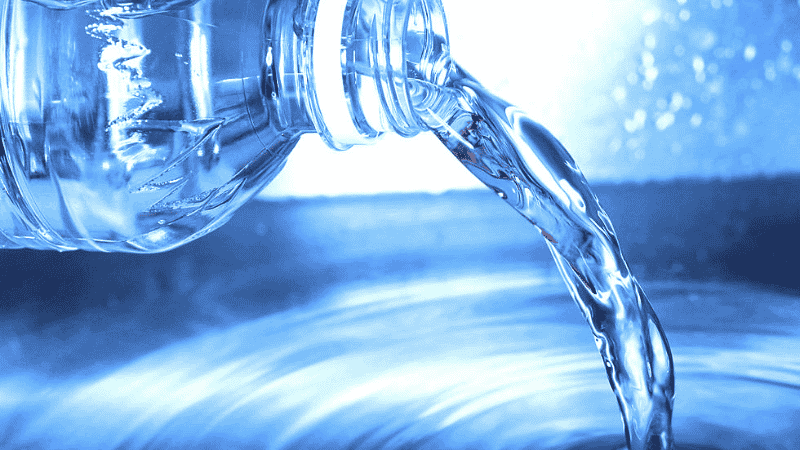Dry air can dehydrate your skin, cause itchy, dry eyes, and a perennial feeling of thirst. If you live in arid or semi-arid regions, you are familiar with this phenomenon. Humidifiers come with different designs and technologies; however, they all serve the same purpose. There are different kinds of water you can use in your humidifier. However, distilled water is the best to use.
Buying distilled water could raise your humidifier’s maintenance costs. It is, therefore, essential that you find smart ways to make distilled water for humidifiers. Before we delve into that, let’s first see how they work.
Why Do You Need Distilled Water for Humidifier?
First, you might ask yourself why you need to distilled water for your humidifier. If that’s the case, note that using mineral-rich or contaminated water will damage your humidifier. Considering that a humidifier heats water and releases it into the air, it implies that any other solvents found in the water will remain behind and build up.

Apart from distilled water, ensure that you regularly change the water in the humidifier just in case it gets contaminated. Suppose you leave contaminated water in the humidifier for long, mold and bacteria will grow, posing health risks for you and your family.
These molds and bacteria will develop, especially around the edges of the steam nozzles. As the humidifier blows stem, it might blow these bacteria and molds along, contaminating the air you breathe. Regular cleaning and the use of distilled water will significantly help in the longevity of your humidifier. With that said, let’s look at some methods to make distilled water for humidifiers.
Methods to Make Distilled Water
1. Use the extended kettle method
You will realize that making distilled water would require equipment you already have in your home, coupled with some innovation.
In this method, you will need a kettle, metallic/copper coil pipe (at least 45cm long fits the kettle outlet), a metallic/glass collecting jar, a source of strong heat, and water.
To assemble the unit:
- Join the copper coil pipe to the kettles nozzle and ensure it is airtight.
- Pour water into the kettle and place it on top of the heat source.
- Place the other end of the pipe in the collecting jar and put it on the heat source.
- Continuously pour cold water on the copper pipe to enhance condensation.
- Do this carefully without putting out the heat source with the cooling water.
You can achieve this by placing a small trough under the pipe to collect the running water. As the water in the kettle gets heated, it evaporates and escapes through the copper coil pipe. As the vapor escapes through this pipe, the temperatures in this pipe are low, forcing it to condense.
By the time this vapor reaches the other end of the copper pipe, it will have fully condensed, forming the distillate. Cool this distillate and use it in your humidifier.
2. Use the Floating Bowl Method
This method requires a cooking pot, glass lid, glass bowl, heat source, ice, water, and an assembling unit.
To make distlled water:
- Fill up the cooking pot with water
- Place the glass bowl inside the cooking pot in an upright position
- Ensure that the bowl floats in the water and does not sink
- Put the pot on the source of heat and begin heating; as soon as the water starts to produce steam, cover the cooking pot with the glass lid in an upside-down position so that it caves in towards the center
- Put ice on top of the glass lid to enhance condensation
- After some time, the bowl will have collected a distillate, ready for use in your humidifier.
3. Construct a Solar-Powered Water Distiller
This is the most effective method for making distilled water for your humidifier. Once constructed, you will not need additional investment to make distilled water. All you will need to do is ensure there is enough water in the unit.
It would be best if you also eliminate any obstructions between the distiller and the sun. Constructing one requires very minimal technical skills. I would say that anyone can comfortably build one without any professional help.
All you need is a wide shallow water container covered by a wedge-shaped glass whose top slips downwards. During a sunny day, the solar heat heats the water, making it evaporate and condense on the top slanting glass.
After the water droplets have built up, they roll down the glass towards the bottom, where a collecting tunnel is connected to a pipe. This pipe leads to a jug place at your place of convenience. You can search for videos online that give step-by-step instructions on constructing a solar-powered water distiller.
How to Keep Your Humidifier Clean
A myriad of health issues come with a dirty and poorly maintained humidifier. To avert them, read through the various methods you can use to keep them clean.
Always use distilled water: Tap water contains minerals that do not evaporate when water is heated. These minerals form deposits that clog in the humidifier, encouraging bacteria and fungus development. Also read, What type of water should be used in a humidifier?
Clean the unit frequently: Ensure that you disconnect the humidifier every three days and clean it. Rid the tank of any mineral deposits. Use a disinfectant like chlorine bleach or hydrogen peroxide to kill bacteria or mold.
Change the filters regularly: Many manufacturers have recommendations on how often filters should be printed on the user manual. Be sure to check them out.
Keep the area around the humidifier dry: If you notice water droplets on surfaces like furniture and cutlery. Reduce the frequency of use.
Consider replacing the humidifier: Over time, you might realize some stains won’t go even after rigorous cleaning. Maybe it’s time to let go and get a new humidifier.
Happy Making Distilled Water
Humidifiers play a vital role in maintaining a stable equilibrium of humidity in our homes. However, use them with caution because they can cause severe burns. Moreover, It would help if you also regulated how much you use them to avoid dampening the air.

